An American original. The axles of the earliest steam locomotives were fitted onto rigid frames in a manner that made turnouts and rough trackwork treacherous. If a rail dipped or a drive wheel banged through a switch, it was not uncommon for a locomotive to derail.
Leading wheels added to help distribute the weight of larger locomotives only made the problem worse. The answer was a lead truck that could independently pivot and also rock side-to-side, helping the locomotive stay on the rails.
The result was the 4-4-0, known as the “American type” for its development and popularity in North America. This iconic design, rugged and reliable, made possible the explosive growth of the railroads and the nation in the latter half of the 19th century.
More than 25,000 American 4-4-0s were built by dozens of manufacturers across the country, including Baldwin, Schenectady Locomotive Works (later part of Alco), Lima, Mason, Rogers, Norris, and Grant. Some larger railroads had their own in-house locomotive works, such as the Pennsylvania RR’s Altoona shops. This large number of builders, and the tendency to build engines to order, meant there was no such thing as a standard 4-4-0.
The model’s details and dimensions match photos and diagrams of the V&T engines printed in Model Railroader Cyclopedia Vol. 1: Steam Locomotives (Kalmbach Publishing). Our sample is lettered as Pennsylvania RR no. 1510, which is listed in historic Pennsy rosters as an early class D 4-4-0. Though the model bears only a passing resemblance to the actual PRR 1510 pictured in Pennsy Power (Alvin Staufer, 1962), it captures the spirit of early class Ds built for the Pennsy before it started building its own steamers with characteristic squarish Belpaire fireboxes.
The black paint on the plastic tender shell, boiler, and cab is smoothly and evenly applied, and the gold lettering and pinstriping is crisp and opaque. The cab number on the side of the headlight is legible under magnification.
Details like the tender truck sideframes, separately applied water pump and piping, the bell, and the individual bars on the cowcatcher are finely molded. However, there was some visible sprue flash on the molded plastic valve gear. If this bothers you, it can be trimmed with a hobby knife.
The locomotive is equipped with an AccuMate knuckle coupler on the tender mounted at the correct height. Depending on the date of manufacture, the prototype would have been delivered with link-and-pin couplers. The Janney knuckle coupler was patented in 1873, so Atlas’ model could represent a locomotive retrofitted with a knuckle coupler sometime after the mid-1870s. There’s no coupler on the front, nor is there any place to attach one.
I test-ran the locomotive using a Model Rectifier Corp. Tech 4 power pack. The engine responded at just 1.5V, but didn’t roll smoothly until I increased the power to 3V. After thoroughly cleaning the track, I could run the engine on 2V with just a bit of hesitation.
The headlight, illuminated by two micro light-emitting diodes, is a solid casting of clear plastic, painted except for the lens part. This shape isn’t the most efficient light tube, resulting in a feeble glow that I could see only when the locomotive was in reverse.
The model was a standout in pulling power. Thanks to the traction tires on its front drivers, the engine registered a drawbar pull of 1.3 ounces on our test bench’s force meter. That’s enough to pull a train of 30 N scale freight cars on straight and level track, more than would typically be expected of a locomotive of its era.
The engine that won the West. Though Moguls and Consolidations would soon come along to push them onto branch lines and yard duty, the story of America’s 19th century railroad boom is the story of the 4-4-0. Its sure-footed suspension made the rapid expansion into the American West possible. It was a romantic era, filled with possibilities, one that deserves a closer look from modelers. Perhaps Atlas’ new N scale locomotive will prompt more hobbyists to consider modeling the 1800s.
Manufacturer
Atlas Model RR Co. Inc.
378 Florence Avenue
Hillside, NJ 07205
www.atlasrr.com
Era: 1870s to 1900s
Road names: Pennsylvania RR; Atchison, Topeka & Santa Fe; Baltimore & Ohio; Canadian Pacific; Delaware, Lackawanna & Western; New York, New Haven & Hartford; Northern Central RR; Texas & Pacific. Also available undecorated or painted (black and gold or red and gold) but unlettered.
Features
- AccuMate knuckle coupler on rear of tender, at correct height
- Blackened metal wheelsets in gauge (57″ drivers have simulated spokes)
- Electrical pickup on tender and rear drivers
- Light-emitting-diode headlight
- Straight or flared stack, depending on prototype
- Traction tires on front drivers
- Weight: 2 ounces
- Wire handrails





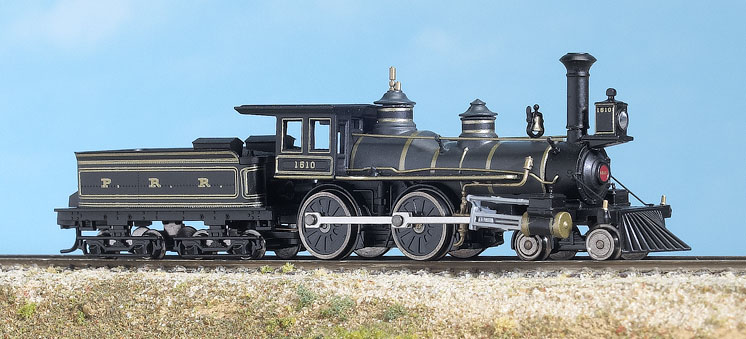
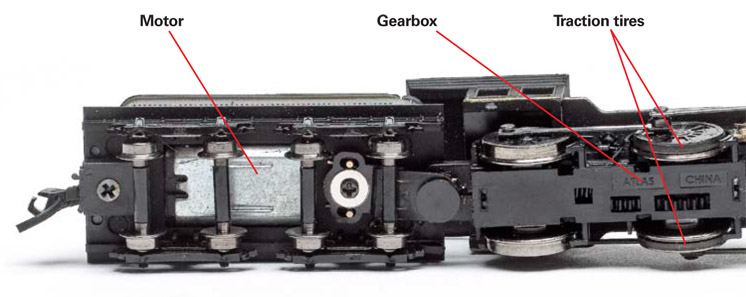
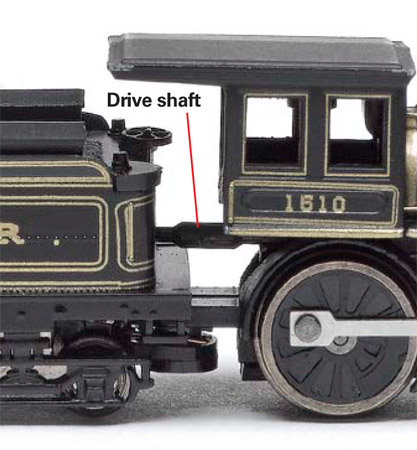
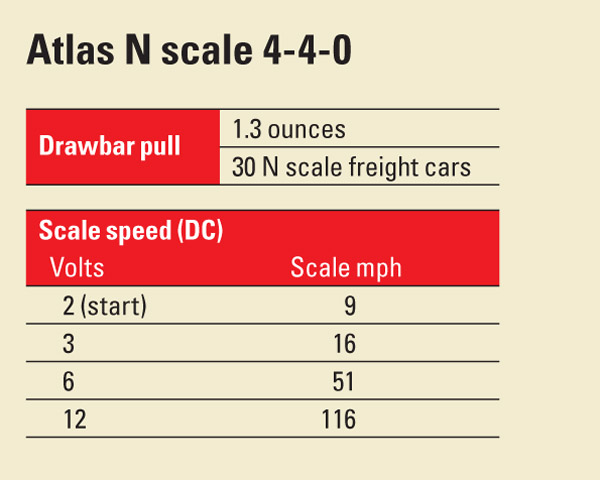

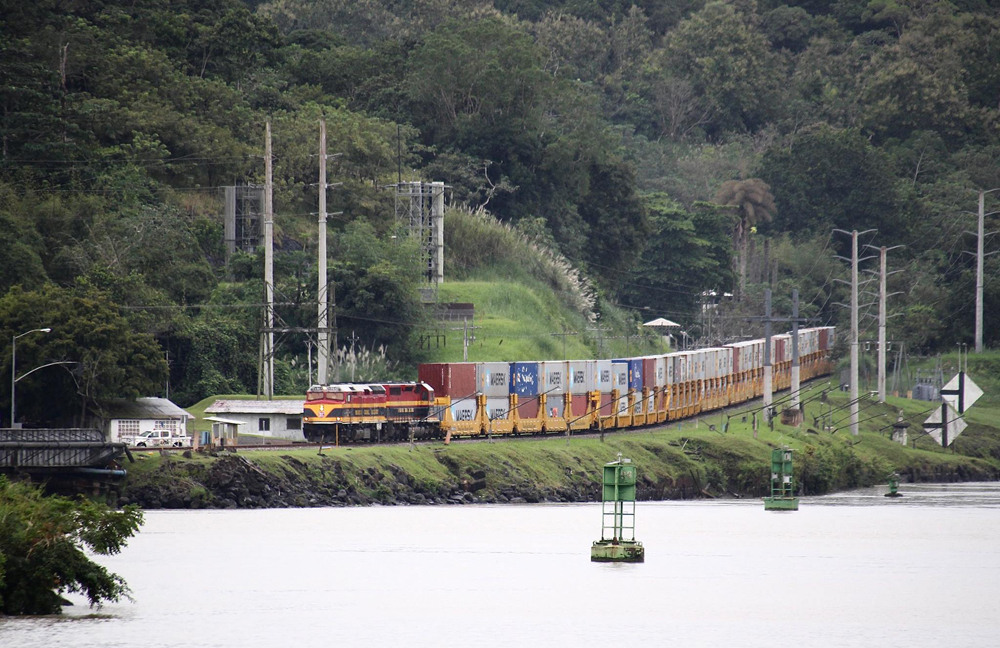
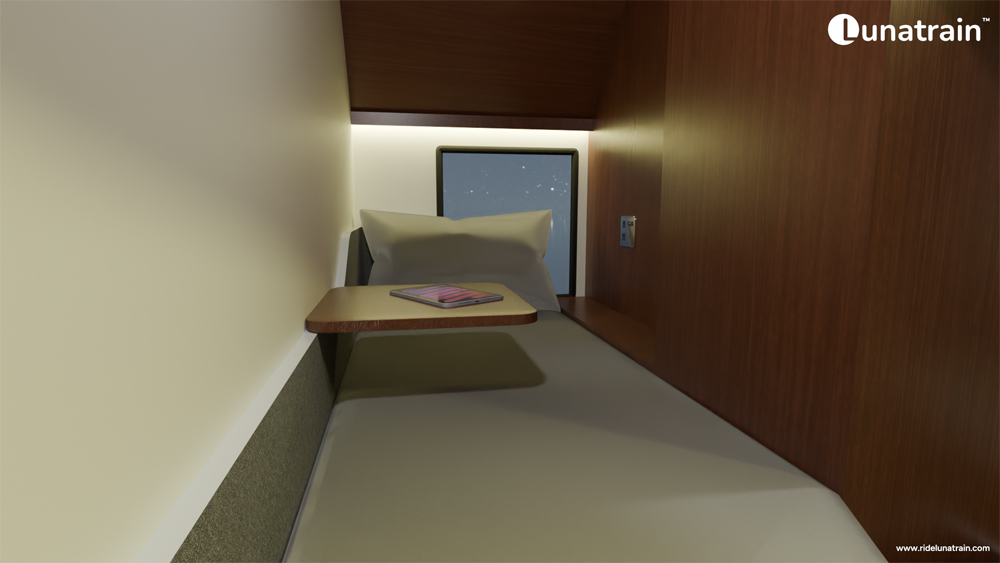

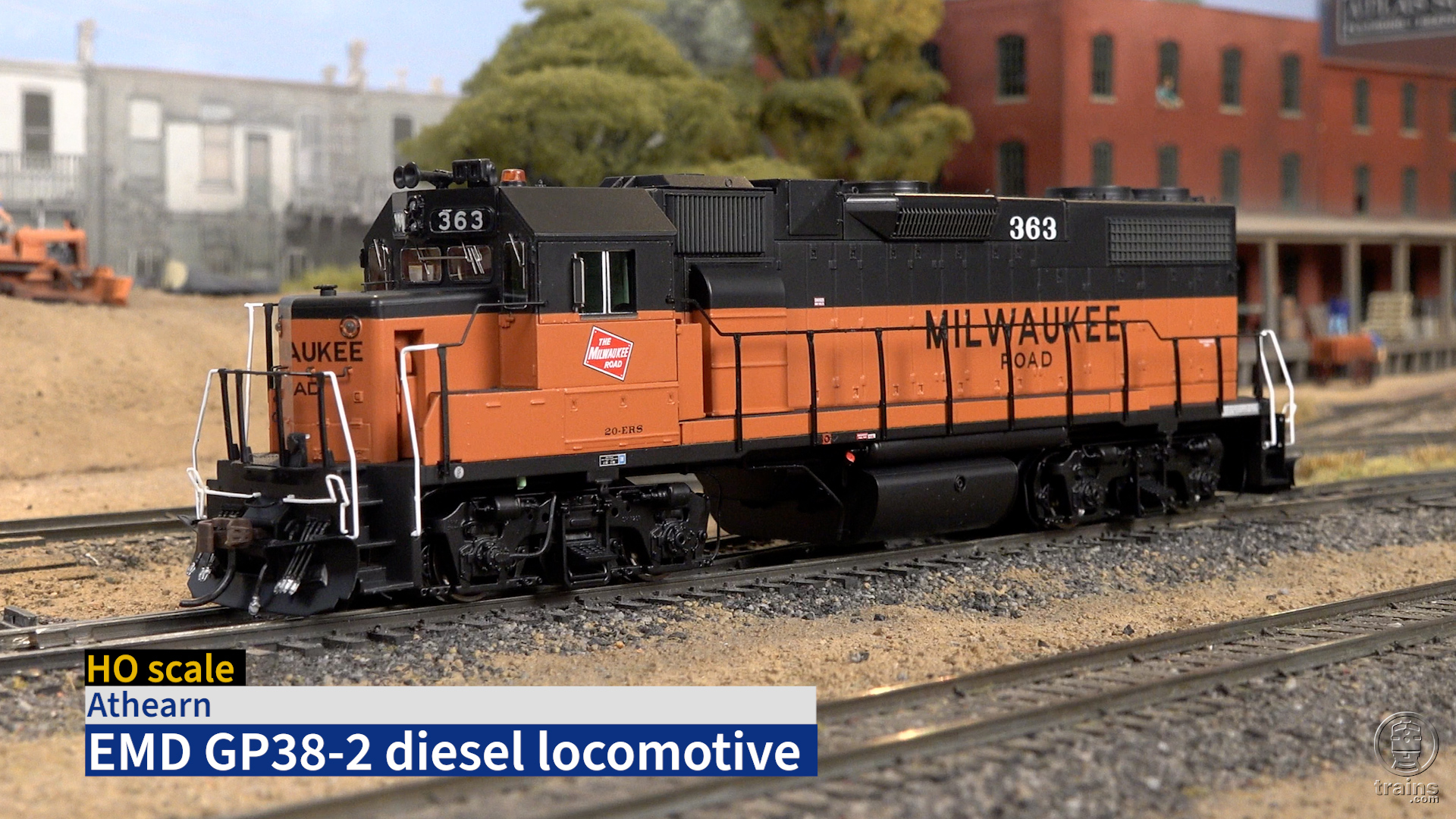




Previous comment (Jan. 14, 2016), as well as this one, should be posted as Jim Riccioli, not Rene, by the way.
The boiler and cab are metal castings, not plastic. A scratch test will confirm it. Either way, test your assumptions during review
I purchased three of these little locos which ran surprisingly well until the traction tires died on all three within a month. I was unable to get new traction tires from Atlas and the 4-4-0's can pull almost nothing without them and run rough as well. So now they just sit in a closet.